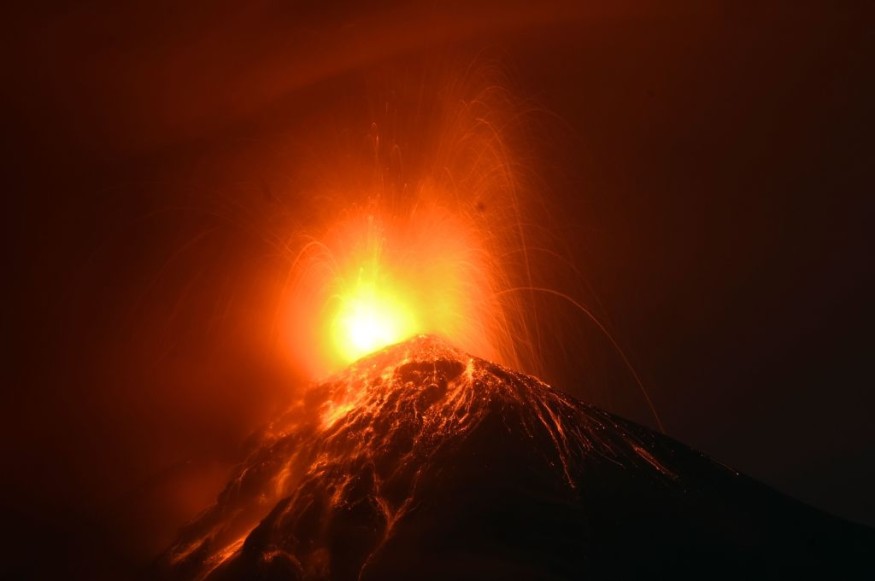A magma chamber growing beneath the underwater Mediterranean volcano Kolumbo may prompt an imminent volcanic eruption in the future, according to a new study led by scientists from the non-profit organization American Geophysical Union based in Washington, D.C., United States. The said eruption could repeat a catastrophic volcanic natural disaster that occurred nearly 400 hundred years ago.
The scientific team involved in the new paper was the first one to use a method called 'full-waveform inversion seismic imaging' to search and monitor changes in magma activity beneath the surface of submarine volcanoes located along the Hellenic Arc, which includes Kolumbo, an active submarine volcano near Santorini, Greece.
Kolumbo is specifically located in the Aegean Sea, about 8 kilometers northeast of Cape Kolumbo, Santorini island. It last erupted in 1650 which reportedly killed 70 people in Santorini and caused damage in nearby islands. Although Kolumbo is a dormant volcano now, volcanologists believe that the buildup of magma under the Earth could accelerate its eventual eruption in the long-term future.
Future Volcanic Eruption

The study was published in the journal Geochemistry, Geophysics, Geosystems in October 2022, where American Geophysical Union researchers detected the magma chamber under the said arc volcano using the full-waveform inversion technology to gather active-source seismic data.
The research team explains that arc volcanoes are supported by complex systems or structures of molten-rock reservoirs, ranging from low to high magma chambers. With this basis, below are the following key points found by the team:
- the full-waveform inversion found a shallow, very strong anomaly under Kolumbo volcano through an image captured by the said technology
- the image and data indicate the anomaly is small but should not be ignored
- the magma chamber was missed by travel-time tomography, suggesting similar reservoirs could be undetected at other volcanoes
Full-Waveform Inversion
According to the study's second author, M. Paulatto, a volcanologist at Imperial College London, the full-waveform inversion technology is like a medical ultrasound, which uses sound waves to create an image of the underground structure of volcano, as cited by Phys.org.
Based on the study, a dramatic decrease of seismic wave velocity which travel beneath the seafloor shows the presence of a moving magma chamber under Kolumbo volcano.
In addition, the method allows the researchers to analyze the characteristics of the wave anomalies in order to develop a better idea of imminent or potential hazards the underground chamber may pose.
1650 Kolumbo Volcano Eruption
According to the volcano monitoring website Volcano Discovery, the 1650 Kolumbo eruption emitted plumes of ash and pumice as far as Turkey, and it produced pyroclastic flows that led to around 70 people dead in Santorini.
During the eruption, the volcano constructed a temporary island, where it got its name Kolumbo, which means swimming, according to the stie. Furthermore, the eruption also caused a tsunami and caused damage on nearby islands with a distance of up to 150 kilometers.
© 2025 NatureWorldNews.com All rights reserved. Do not reproduce without permission.





